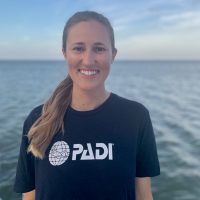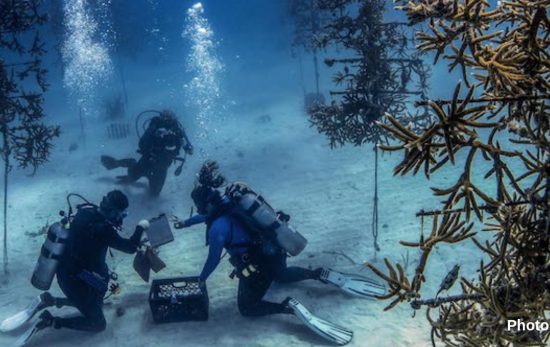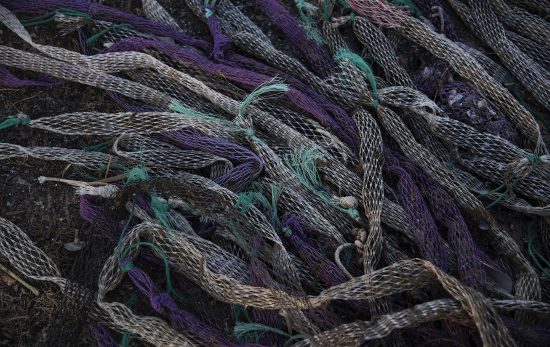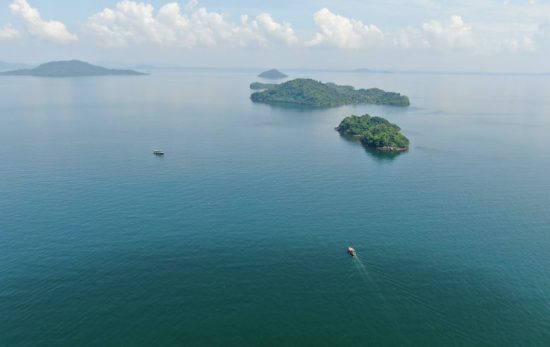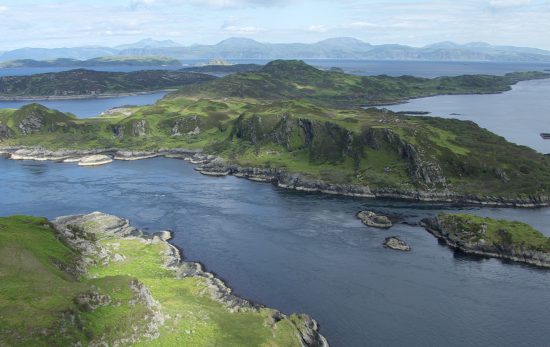In order to inspire action to explore and protect the ocean, Mission Blue is igniting public support for a global network of marine protected areas. Dr. Sylvia Earle and her team collaborate with activists, scientists, and policy makers around the globe to designate Hope Spots, unique areas of the ocean critical to the health of our blue planet. One of Mission Blue’s incredibly inspiring partners, Mariasole Bianco, is a marine conservationist and ocean advocate born and raised in Italy. Her responses to the questions below demonstrate that she is truly creating waves of change when it comes to global ocean protection, and hopefully her story will inspire you to create positive change for the ocean in your own way too!
Q: Where does your fundamental connection to the ocean stem from?
A: I fell in love with the ocean as a child. I think that being able to experience this sense of freedom in nature contributed significantly to making me a passionate marine conservationist. I used to spend about two months in the beautiful island of Sardinia where I felt one with nature walking barefoot, climbing rocks and above all swimming and playing in the sea all the time. I was the only kid that didn’t have to wait 2 hours after lunch before going to swim because I used to eat my sandwich in the water! I was always fascinated and attracted by the sea because of its beauty, its power and its mystery. I decided to cultivate this love with my studies and to dive deeper below the blue and mysterious surface to understand the true essence of the ocean. I realized that climate change, ocean acidification, pollution, habitat destruction and overfishing are seriously threatening the health of our seas. I realized that the ocean is as beautiful as it is vulnerable. This is the reason why I decided to become a marine conservationist and an ocean advocate to give a voice not only to the threats but also to the many solutions that we have to turn the tide and protect and restore our seas.
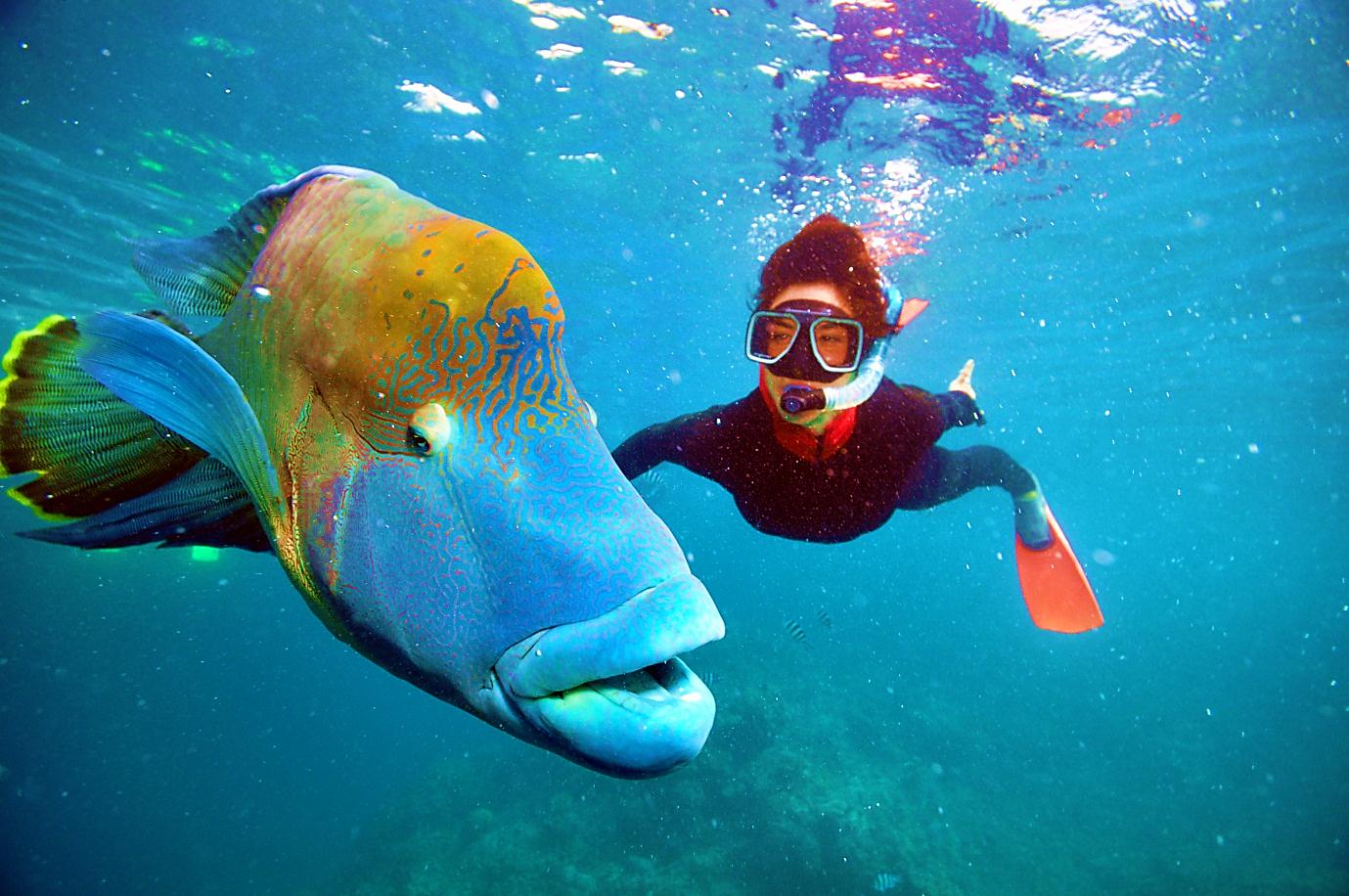
Q: In 2009 you earned a bachelor’s degree in Management and Conservation of the Marine
Environment from University of Genoa in Italy, and in 2012 you earned a master’s degree in
Protected Area Management from James Cook University in Australia. As a result of your
studies, what was the most valuable realization you were able to make in regards to
protecting the ocean?
A: I think the most valuable realization that I was able to make is that there is a solution! My studies made me a conscious scientist, aware about the vulnerability of the marine environment but also about the great contribution and benefit that Marine Protected Areas (MPAs) can provide in helping restore oceans’ health and biodiversity. I also realized that it is our responsibility, as marine scientists, to communicate in an effective and engaging way the importance of biodiversity conservation, environmental issues and, above all, the related solutions.
Q: In what ways have you collaborated with Dr. Sylvia Earle and Mission Blue to protect our
blue planet?
A: Sylvia is an inspiration and a lighthouse of hope. She inspired me, and many others, to step up as scientists and global citizens and fight hard for the future of our blue planet. We worked together on the Google Ocean project for the Mediterranean and shared many stages at conferences to speak about ocean protection. It is an honor for Worldrise, the NGO that I founded, to be Mission Blue’s reference in Italy. I think we are a great example of a proactive network sharing opportunities and helping each other to achieve our common goal of ocean protection.
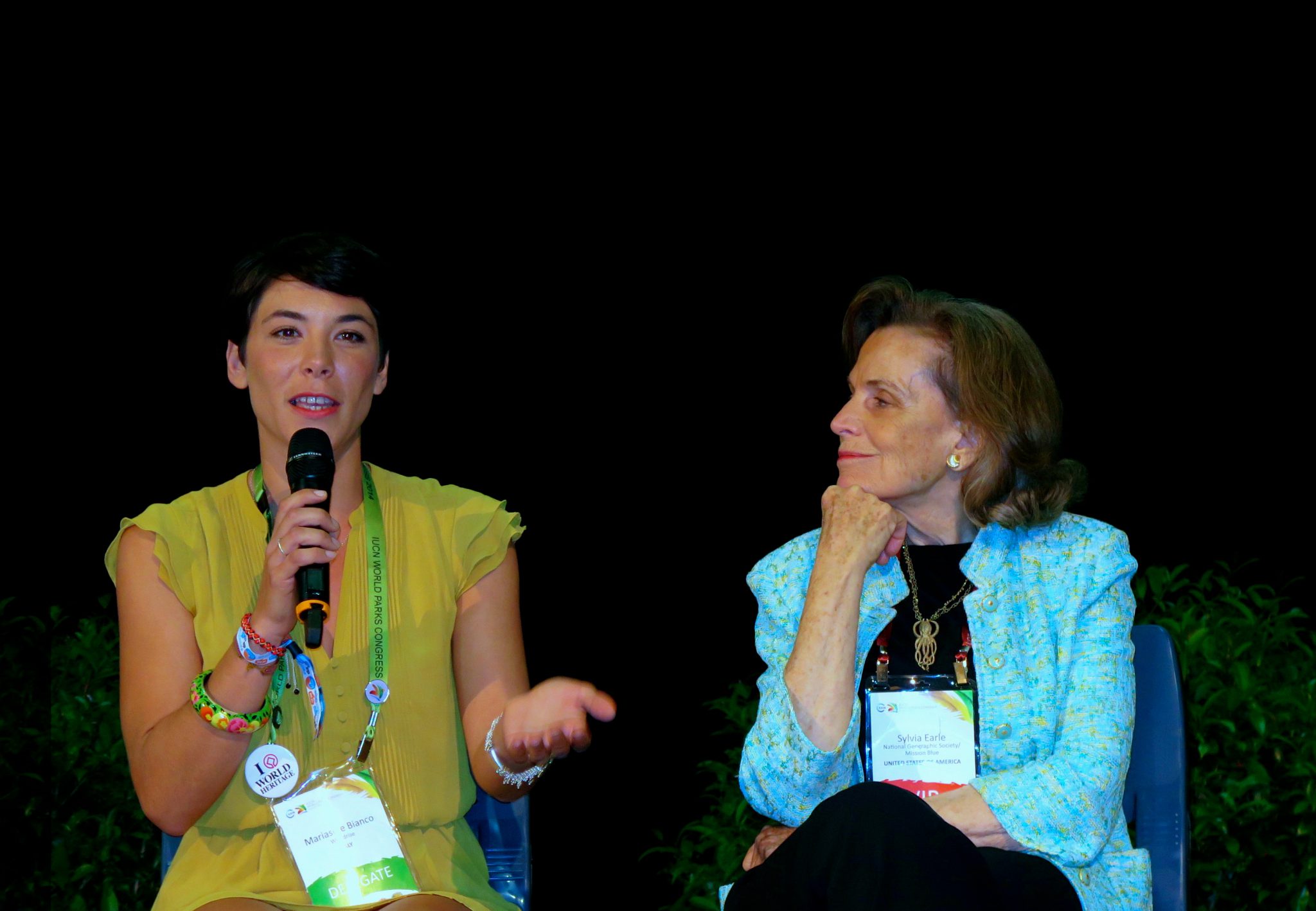
Q: Currently there is one designated Mission Blue Hope Spot in Italy, Grotte di Ripalta, with two additional nominated Hope Spots under consideration, the Venetian Lagoon and the Island of Sardinia. Why is it important to protect areas of Italy’s marine ecosystems like these?
A: To date, less than 1% of the Italian territorial waters are fully protected. Italy has approximately 8,000 kilometers of coastline and underwater landscapes of exceptional beauty and they represent an invaluable resource of biological diversity. Unfortunately, over the last 100 years, this heritage instead of being protected to ensure that its beauty would remain unchanged, has been excessively exploited endangering the health of entire marine ecosystems. The Mediterranean biological diversity represents 8-9% of the total number of described marine species in an area that occupies less than 1% of the waters of the world but, on the other hand, the Mediterranean is considered one of the world’s seas that is most vulnerable to human impact. We need MPAs to protect marine habitats and the variety of life that they support by regulating human activities in order to allow people to use the area in ways that do not harm and damage the environment. An MPA that is effectively managed can greatly contribute to the restoration and replenishment of marine resources that ensures that both biodiversity and the traditional and sustainable use of marine resources are preserved while also promoting more sustainable forms of economic and social development for local communities such as ecotourism.
Q: How does being able to explore the underwater world as a PADI Divemaster help to inspire your ocean conservation work?
A: It really made the difference for me. When I took my first diving certification in Sardinia, I felt a huge sense of awe and marvel for what I was discovering below the water’s surface but I also started to understand the vulnerability of the ocean. The place where I took all my diving courses is very close to one of the best managed MPAs in Italy: The MPA of Tavolara Punta Coda Cavallo where I was able to see a different ocean where marine life was thriving. This experience made me realize that I wanted to become a marine conservationist and focus my studies on MPAs.
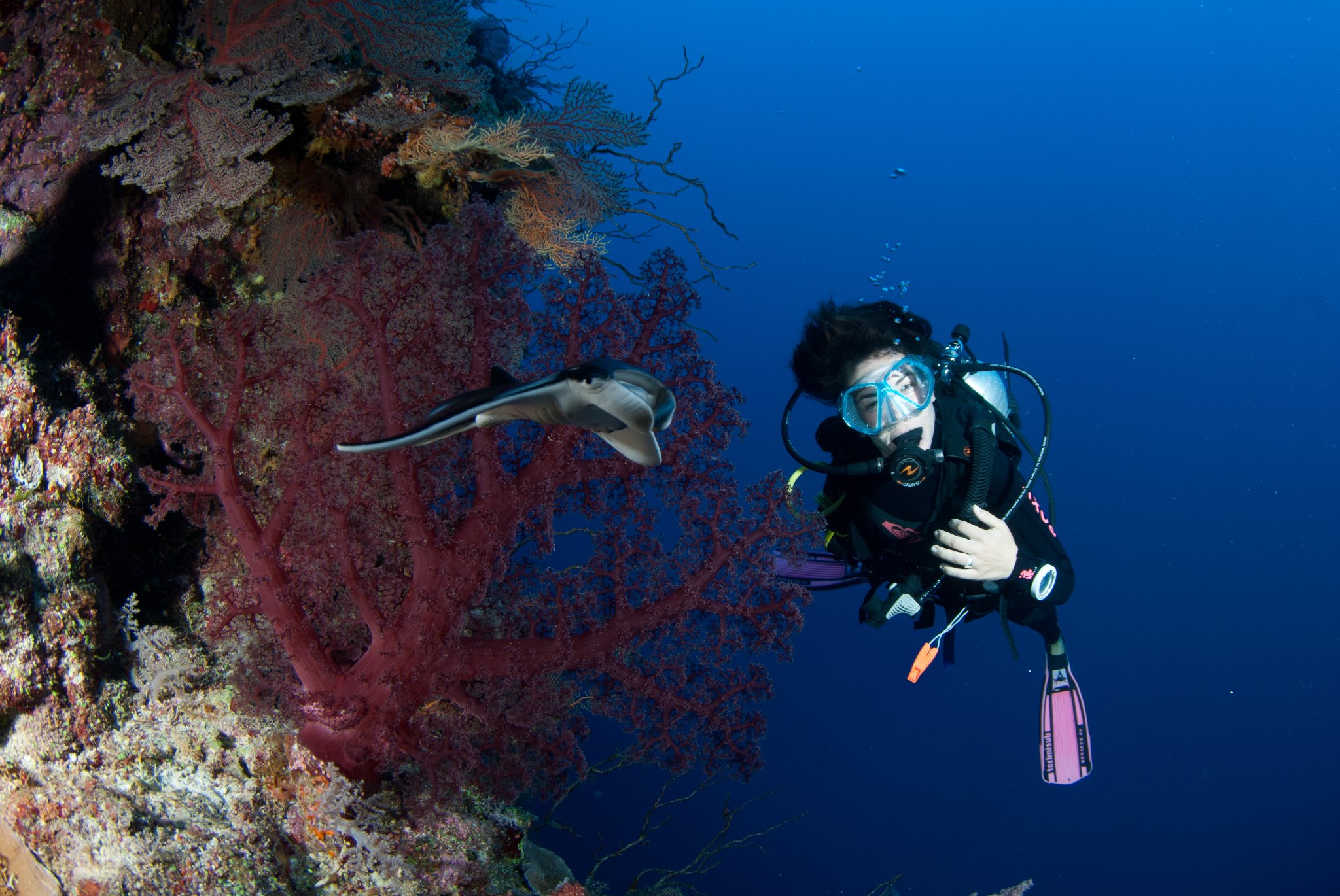
Q: For the last six years you’ve been an active member of the World Commission on Protected Areas of the IUCN (International Union for the Conservation of Nature). What would you say has been your biggest contribution to this commission thus far, and what is your main goal moving forward with the WCPA?
A: The commission has been an exceptional platform for my professional development and for me WCPA is a family. In the Commission I found great mentors like Dan Laffoley and a network of inspiring young professionals making differences in amazing ways for nature conservation. As the Vice Chair of the Young Professionals network my mission and contribution to WCPA is to foster intergenerational partnerships between established and emerging young Protected Area leaders and professionals and to contribute in meaningful ways to the work of WCPA and broader IUCN in valuing and conserving biodiversity, governing nature’s use and sharing its benefits equitably, and deploying nature-based solutions to global challenges. I am particularly proud of the work that we did for COP21. We designed an infographic about the important role of marine protected areas as a solution to combating climate change that was presented both as a physical banner (French and English) at the Ocean Pavilion in central Paris, as well as promoted online via social media platforms during the COP21’s Ocean Day reaching more than 2 million people on social networks in 2 days.
Q: What do you enjoy most about regularly presenting as an ocean expert on the very popular Italian TV show ‘Kilimanjaro’?
A: I really appreciate the opportunity to talk about the oceans and to build awareness about marine conservation with such a broad public. I think the thing that I enjoy the most is learning to be a good communicator, selecting key information in order to be effective in delivering my message while lighting a sparkle of interest in the people that are listening to me. This effort challenges me every time but also gives me a lot of satisfaction and motivation.
Q: In 2013 you founded Worldrise, a non-profit that develops and promotes projects for the protection of the marine environment, involving young students and recent graduates. Why is involving youth in ocean conservation such a distinct area of focus for you and Worldrise?
A: Today’s youth generation is the largest in human history, with roughly 52% of the world’s population being under 30-years-old. We believe in the power and potential of youth to be leaders in marine conservation. When given an opportunity, youth not only address big questions, but are also capable of producing solutions that drive change for every age group and sector of society. Worldrise is the product of the passion and dedication of a group of young individuals, from diverse professional backgrounds, who have decided to provide their expertise for the protection of the ocean. Worldrise projects are coordinated and carried out by young professionals and they directly involve children, teenagers and university students. We believe that the path for change lies in the professional empowerment and leadership training of young professionals, so we offer them the opportunity to combine academic knowledge with practical experience, and in this way, we contribute to forming the next generations of conservation leaders.
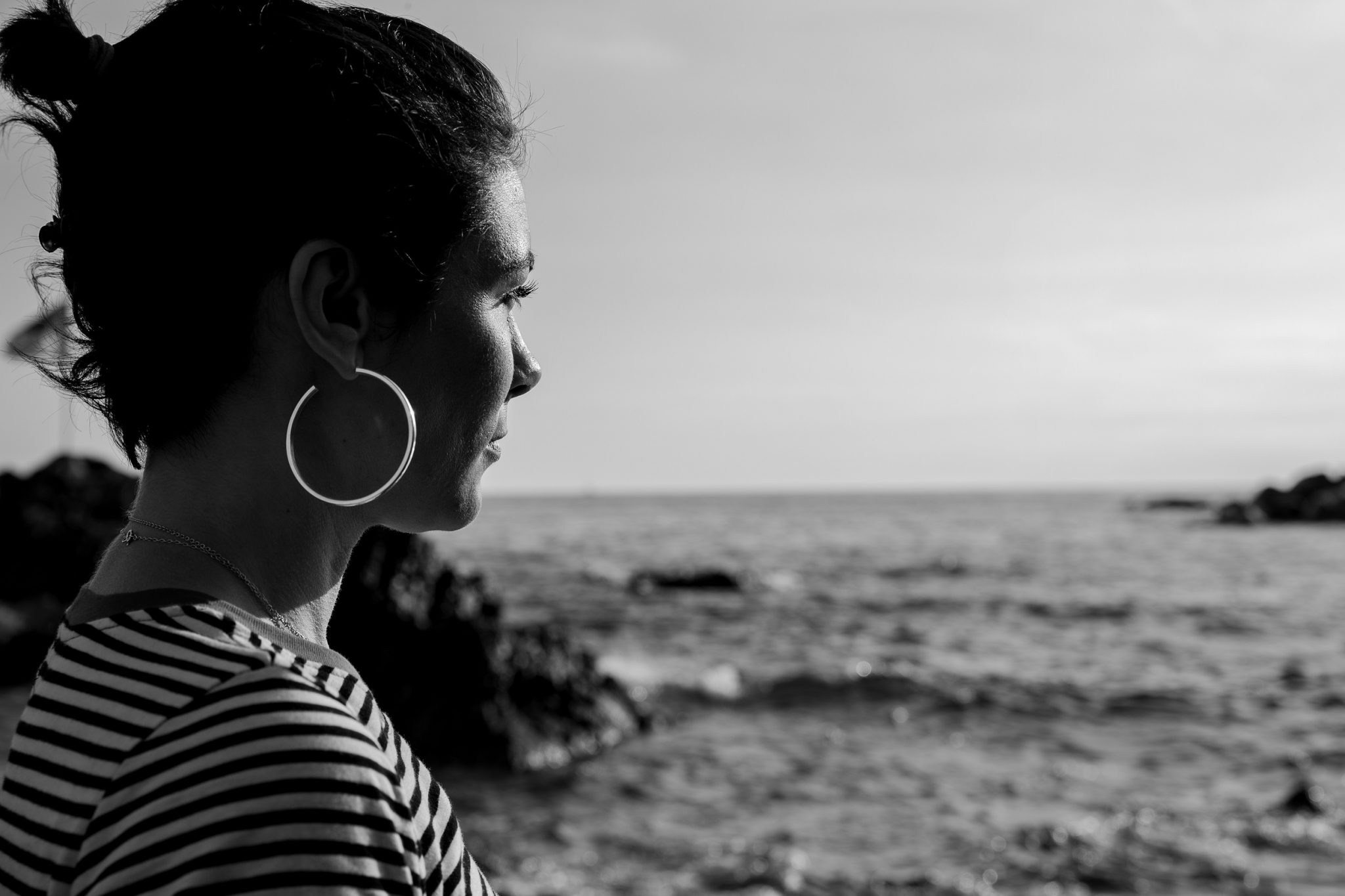
Q: What is your ultimate goal for the ocean and our connection to it as humans?
A: My every day goal is to do my part to contribute to the protection of the ocean. Lately this has a lot to do with educating people and helping them to reconnect with the ocean, our life supporting system. My ultimate goal is to see in my lifetime the positive impacts of a more protected ocean and then I will be able to say I did my small part to make this happen.
Like Mariasole Bianco and Sylvia Earle, as scuba divers we have knowledge of the beauty and fragility of the underwater world. We also have the potential to advocate for increased protection of the ocean we love. By visiting the Hope Spots page on Mission Blue’s website, you can nominate a special area of the ocean that you think needs protection. Additionally, learn how PADI and Mission Blue have joined forces to ignite support for Hope Spots by clicking here. You can also learn more about Mariasole’s non-profit, Worldrise including ways to get involved or support her efforts to integrate youth into global ocean conservation.
Learn more about how Mission Blue is helping protect our ocean planet here.
